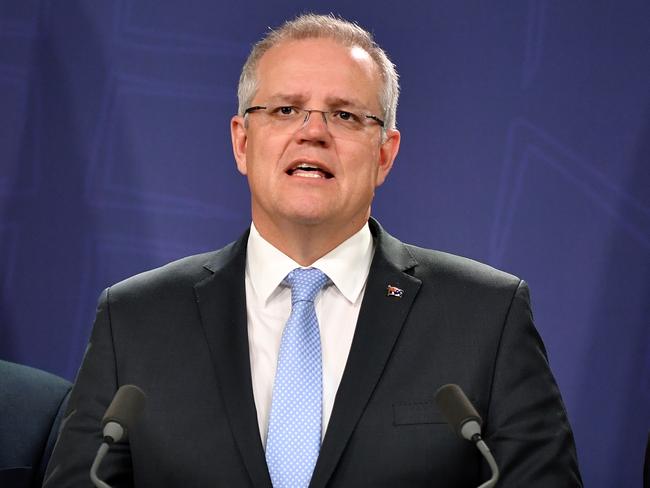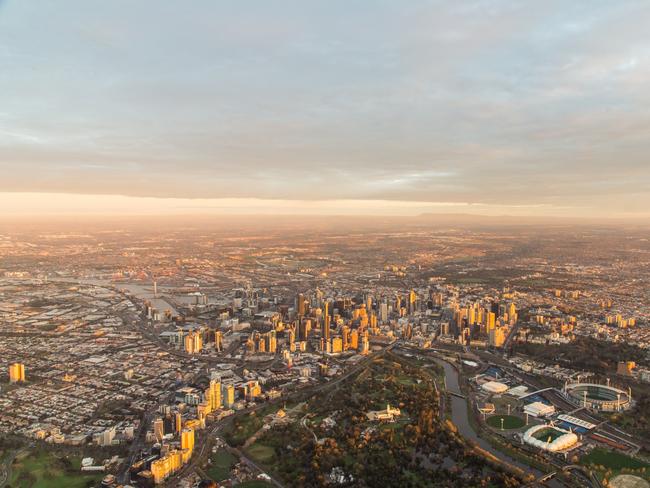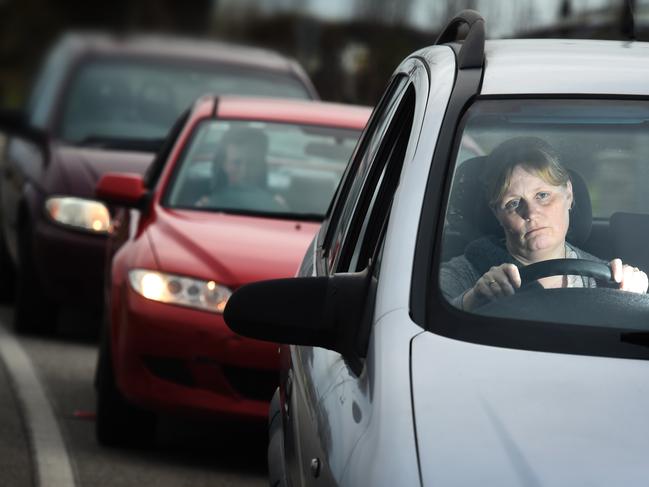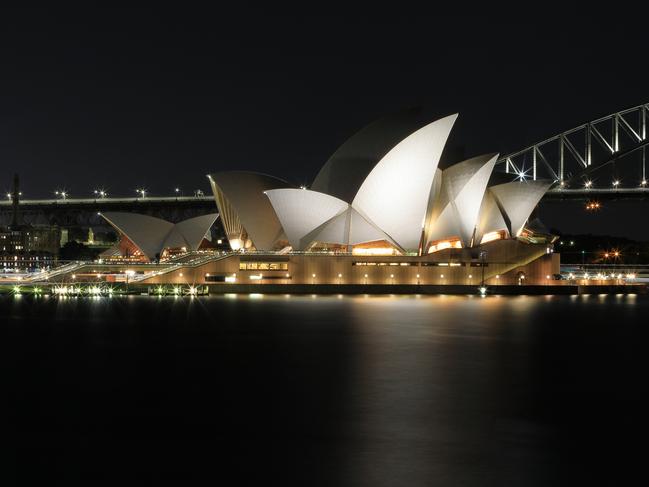Visa changes force migrants to regions
SCOTT Morrison was forced to defend his migrant plan today after Labor dug up footage of him calling a similar policy of Labor’s “unrealistic and disingenuous”.
National
Don't miss out on the headlines from National. Followed categories will be added to My News.
PRIME Minister Scott Morrison was forced to defend his migrant plan today after Labor distributed footage of him from 2010 calling a similar policy of Labor’s when it was last in government “unrealistic and disingenuous”.
The clip shows Mr Morrison saying: “The Government can talk to the cows come home about getting people into the regions and we would pursue policies similar to that but we cannot be unrealistic and disingenuous with the Australian people by suggesting that is a substitute for easing the population pressure on those in Western Sydney and other parts of the country.”
“It is just simply not telling the truth.”
He said in another interview in 2011 that: “It holds out unrealistic promises that all of this can be turned around by everybody moving to regional areas. We simply know, through centuries of migration experience, that that simply isn’t how it happens.”
“There is a reality about where people settle that’s difficult to shift and you need to address those realities in your migration and population policies.”
That time when Prime Muppet Morrison told Lateline that a migrants for the regions scheme "had never worked before" and "unfair to suggest that it's a realistic option".#auspol pic.twitter.com/N5j8b8rHSw
— Shorten Suite 👊 (@Shorten_Suite) October 8, 2018

Today, the Prime Minister said what he meant was that migration policy in isolation was not the solution to congestion issues in the capital cities.
“What we are talking about here is a very targeted use of our migration powers and migration program to ensure that we can direct and encourage those who are coming to the country initially on a temporary basis through those non-permanent visas, to be able to go where there is a need of population growth and where there is a receptivity to it,” he said.
“This is about trying to support, on the ground, the economic and population policies of local communities. It is about working hand in glove with those communities and following their lead and backing them in on the programs that they have.”
Mr Morrison also added the government was injecting $75 billion into infrastructure projects over the next decade.

Demographer Liz Allen, from the Australian National University’s Centre for Social Research and Methods, slammed the proposed policy today, saying any suggestion Australia’s cities were over-populated was “misleading”.
“Tudge has today created a moral panic: our cities are over-populated. This is terribly misleading. Australia’s cities are small compared to effectively functioning major cities across the globe,” Dr Allen wrote on Twitter,
She added that migrants were not the cause or solution for infrastructure development not keeping pace with population growth.
“Development in Australia has lagged, not because of ‘unplanned growth’, but successive Australian governments (at all levels) under-invest and build insufficient infrastructure which is outdated services before it’s finished,” she said.
LABOR BRANDS PLAN AS A ‘THOUGHT BUBBLE’
The government’s plan to tackle congestion by forcing new migrants to live in regional Australia has been ridiculed as a ‘thought bubble’ as Labor demands more detail and warns of hidden drawbacks.
New Population and Urban Infrastructure Minister Alan Tudge flagged the plan to require migrants to head to smaller states or regions for “several years” in a speech later today, while highlighting that the cost in lost economic activity to Australia through workers being stuck in city traffic will reach $40 billion within 10 years.
Labor has dubbed the plan a “thought bubble” after it was flagged without details on how it would be implemented.
Shadow Employment Minister Brendan O’Connor also said the idea was “certainly worth looking at” but noted there may be hidden drawbacks.
“We have to be very careful here,” he said.
“There are many regions of this country where there are not many jobs.
“In fact, unemployment is very high ... in many parts of regional Australia. So, the idea that you would direct people coming through the immigration processes to regions where there’s already high unemployment could compound a problem, not make it better.

“If the Government is serious about this, they should consider the evidence, they should get advice from experts, and they should be very careful about not displacing local workers where unemployment is already high in regions of this country.”
Mr O’Connor said there needed to be “much greater” consideration of planning and infrastructure to tackle congestion.
He also said a future Labor government would launch an independent body to examine which industries had labour shortages as he slammed the number of foreign visitors on study or holiday visas who sought to work, while Australians were “missing out”.
The Australian reports Mr Tudge outlined how infrastructure has failed to keep up with a population boom “turbocharged” by higher rates of immigration since 2007 in his speech to the Menzies Research Centre in Melbourne today.

He said the government is investigating funding for fast-track rail links between big cities and surrounding regional hubs in a speech to the Menzies Research Centre in Melbourne today.
“Overall, the costs of congestion to the economy are already great, and rising steeply,” Mr Tudge said.
“This is a serious challenge for families and a serious economic challenge for the nation. There was insufficient infrastructure built in the early 2000s, particularly in Melbourne and Sydney, to cater for forecast growth, let alone the actual growth.”
The Daily Telegraph revealed in July that then-Prime Minister Malcolm Turnbull was considering tougher visa requirements for new migrants to remain in regional areas to fill skill shortages.

Today, Mr Tudge signalled key planks of the plan will include that the skilled migrants required to head to the regions will not be ones tied to geographic work, such as those sponsored by companies or those granted family visas.
Those who breach the rules could face penalties such as losing their chance to apply for citizenship.
“We are working on measures to have more arrivals go to smaller states and regions and require them to be there for a few years,” Mr Tudge said.
“In that time, the evidence suggests, many will make it their home for the long term.
“This will require close co-operation across different agencies, including regional development, to ensure we get the settings right so that those smaller states and regions can benefit economically from population growth.”
The minister said the government is investigating faster rail links to regional areas in a bid to combat congestion, including Newcastle to Sydney; Sunshine Coast to Brisbane; and Shepparton to Melbourne.


